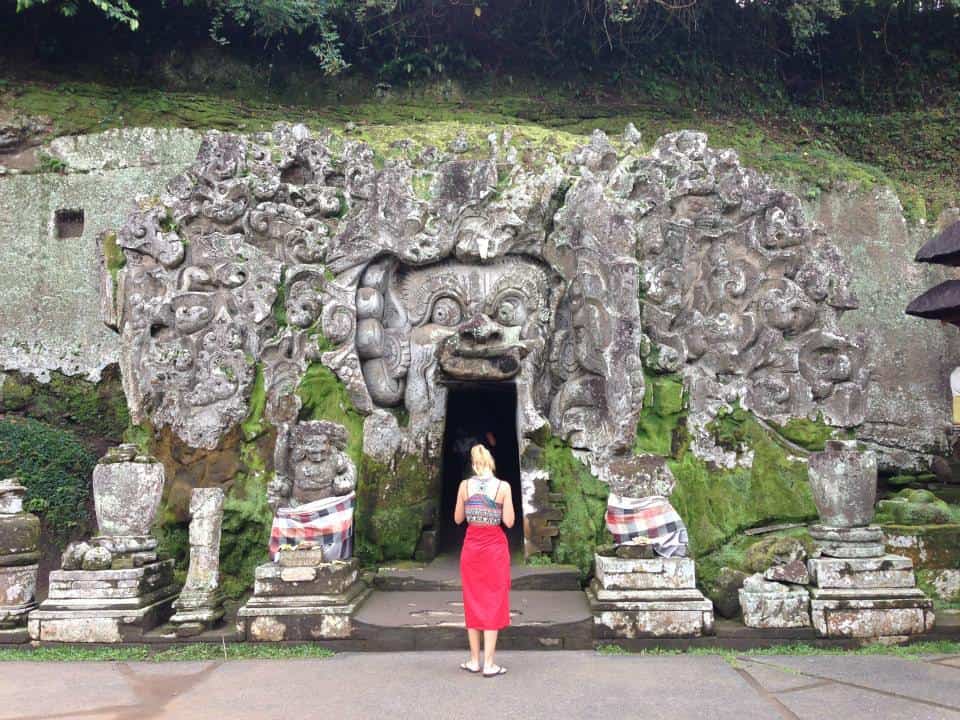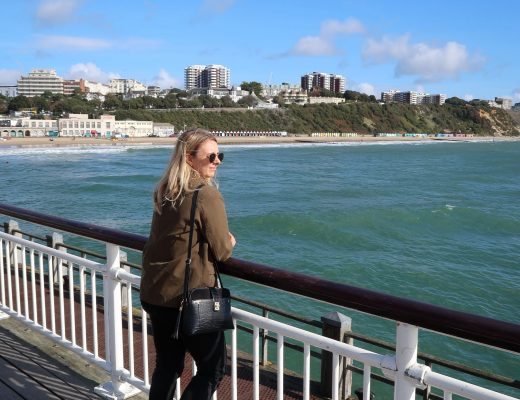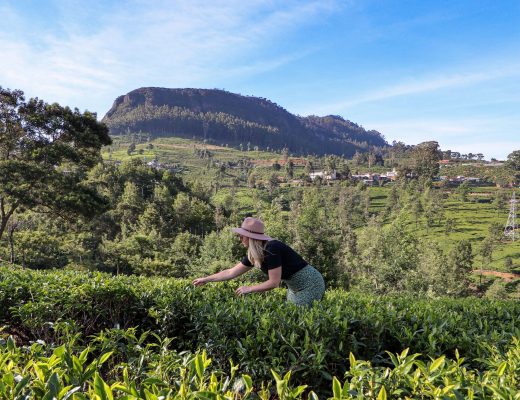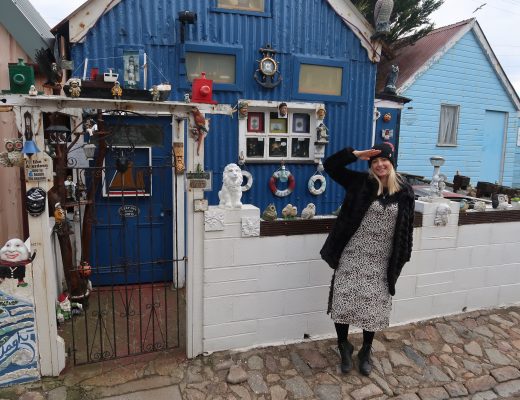With its tempting mix of volcanoes, rainforest, rice fields, beaches and coral reefs, Southeast Asia is one of the most incredible and accessible regions in the world. Travellers have been exploring Southeast Asia for a century and it has become the place to go for many university students and mid-career professionals.
There are now many routes through the region known as the traveller trail, because of the ease of transportation throughout the countries. There is so much to do in Southeast Asia, including diving in Thailand, hiking in Vietnam, paddleboarding in Cambodia and much more, but make sure you plan ahead and research for your trip.
You can spend the day exploring thousand-year-old ruins and the night at a rave on the beach; attend a Buddhist ceremony or go whitewater rafting; chill out on the beach or hike through the Vietnamese jungle.
The region is a popular destination because it is moderately safe, inexpensive and the weather tends to be good most of the year. Whether it is Vietnam, Indonesia, or Malaysia there is an abundance of activities to enjoy alongside stunning natural and historic attractions.
This guide focuses on Thailand, Vietnam, Cambodia and Indonesia as those are the countries I have visited, but if you’re thinking of visiting The Philippines then make sure you check out this Coron travel guide.
Whether you opt to plan the trip yourself or go with a travel specialist, you will have a wonderful time! Here is my travel guide for travelling through Southeast Asia…
STAYING FOR 3 MONTHS? READ MORE: Southeast Asia Itinerary [3 months]
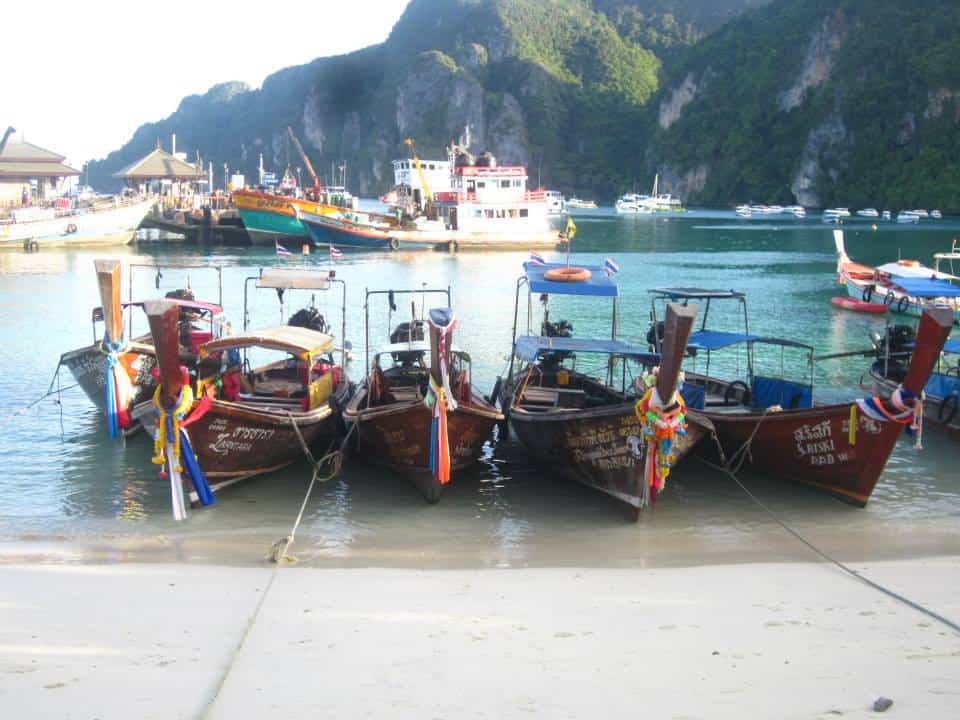
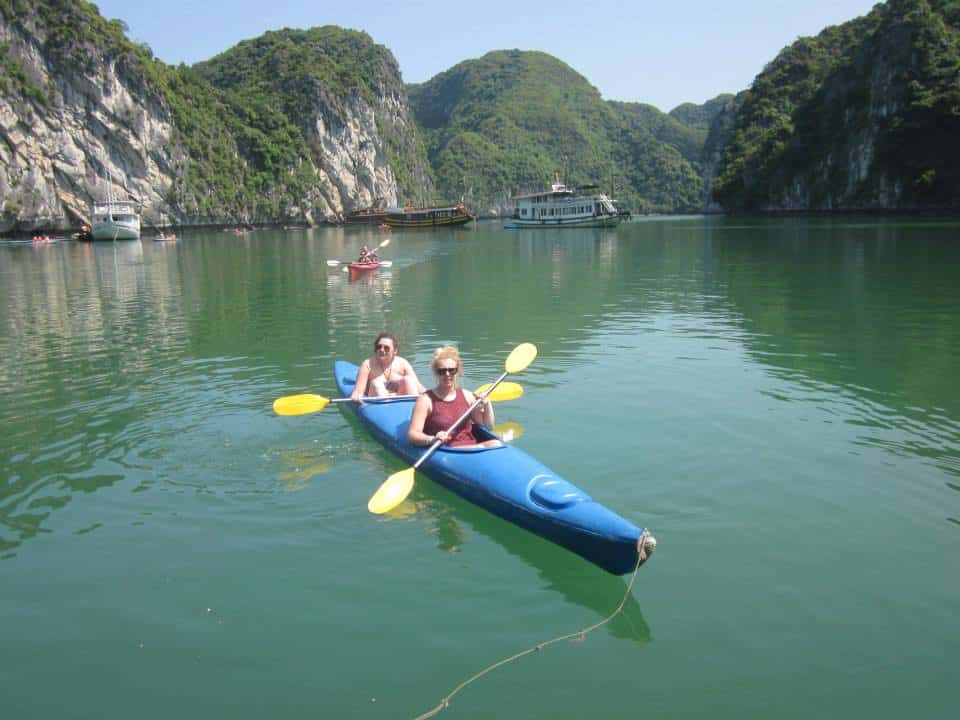
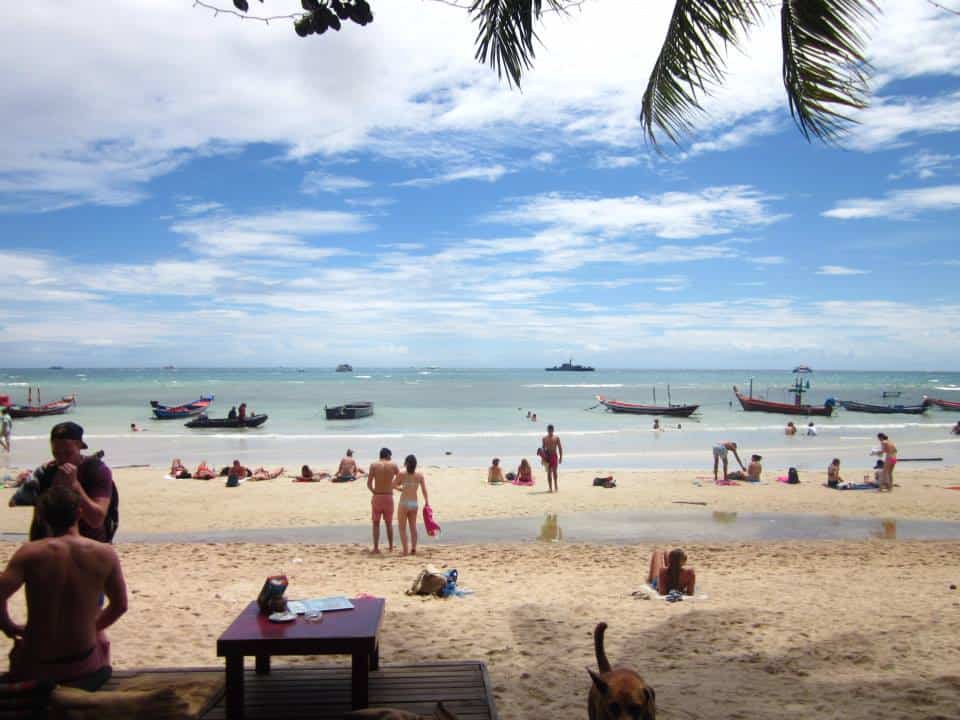
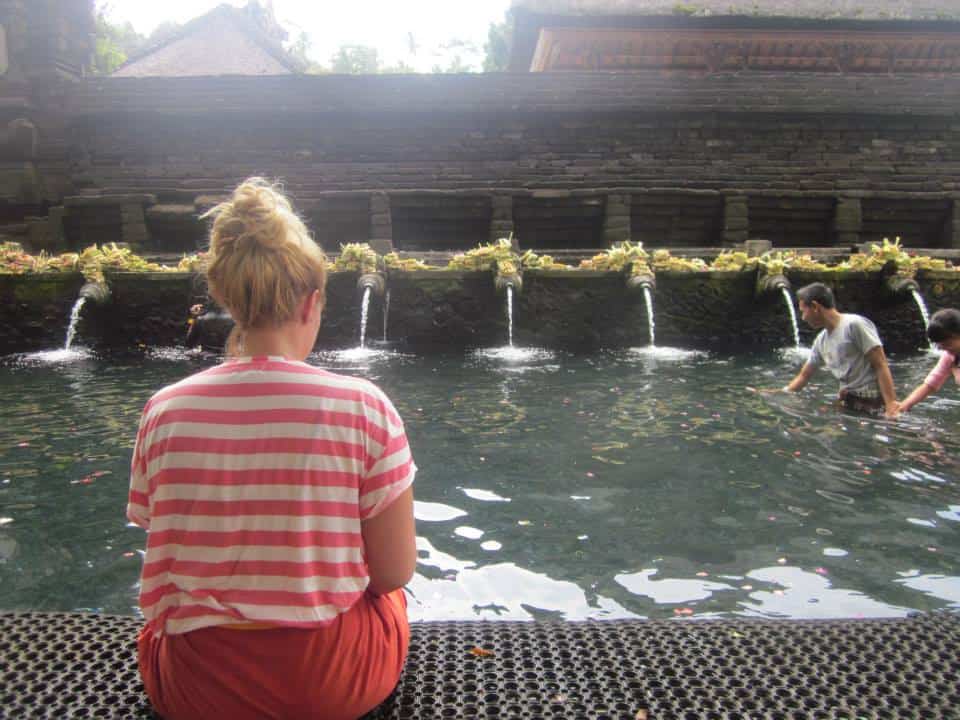
Contents
Planning and the weather
Planning in Southeast Asia is the key to any trip, whether you are a first-timer or an experienced traveller. Typically in Southeast Asia travellers will fly into one country, trail around and fly out of another country back home, with internal flights in the region to take them from country to country.
Southeast Asia sits entirely within the tropics and so is broadly a hot and humid climate that varies little throughout the year, except during the two annual monsoons. Bear in mind, however, that each country has myriad microclimates so have a planned a route that takes in these attractions, such as Angkor Wat, Ha Long Bay and Bali to name just a few.
Budgeting is essential
The main draw for travellers and students is the price; it is super cheap compared to western prices for food, accommodation and transport. If you are very budget-conscious you can manage on budgets as low as $20 a day.
Some countries are more expensive than others and as a rule of thumb Thailand, Cambodia and Malaysia are among the cheapest countries to explore, while Singapore and Brunei are generally the more expensive.
Research local events
This comes under planning, but one thing worth considering is trying to tie in your itinerary with some of the biggest events in the calendar. Whether it’s Thailand for Songkran in April or Laos for the Boun Bang Fai Rocket Festival in May, the events can provide a focus for your trip and can also be relatively inexpensive highlights.
Understand cultural norms
Southeast Asia is a favourite amongst many because of its varied and different cultures across the region, but it is so important to understand these cultural differences whilst you are in the countries.
It is also important to understand the do’s and don’ts of each destination you are visiting, such as their views on conservative dress, or if businesses are closed on certain days of the week or for upcoming holidays.
One of the more obvious cultural differences you may encounter is food in Southeast Asia. Do not fear the street food! While some items may be a bit bold for conservative palates, skip touristy restaurants and do as the locals’ do and eat street!
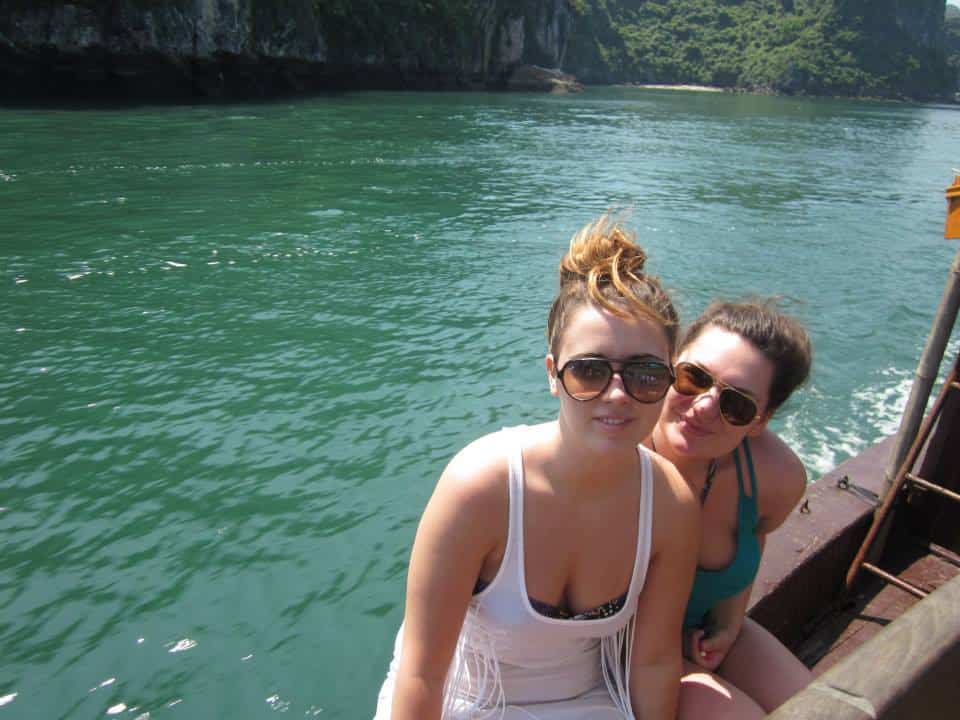
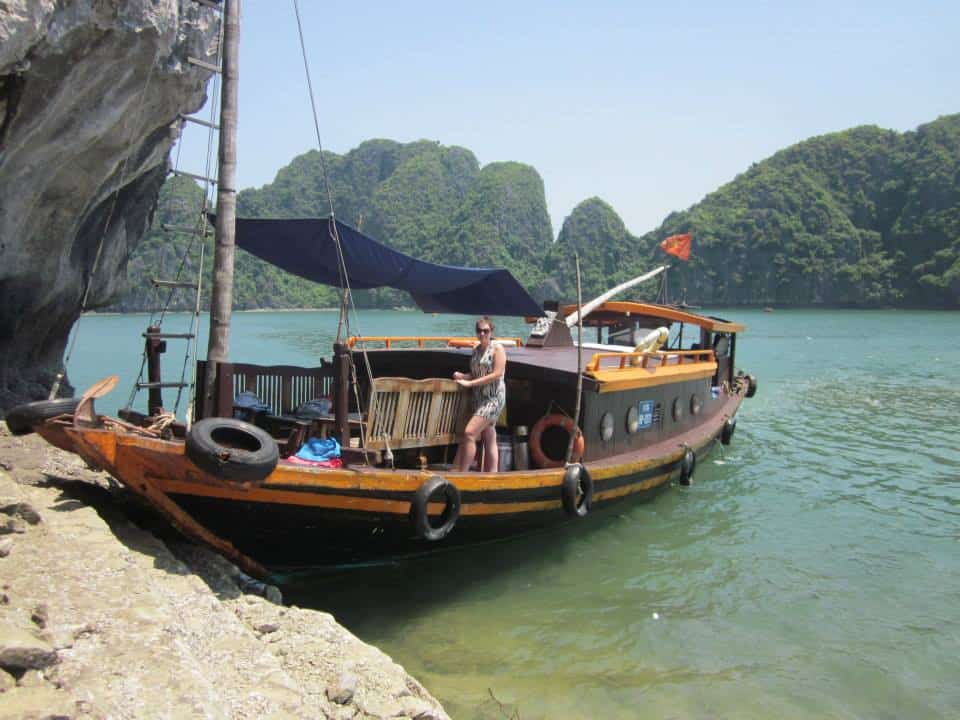
Book some accommodation
Book hostels in advanced that you know will be busy such as hostels close to the Full Moon Party in Thailand and any major events in certain locations. Most you will be able to simply turn up to hostel but don’t try your luck every time or you may be sleeping on the streets…
Budget wise, you will be able to find hostels that will offer beds for under $10 a night typically, and you can even get private rooms for around $20 dollars a night. You can really stretch the budget in Southeast Asia since this region offers nice accommodation that can be quite inexpensive – in Koh Phi Phi you can get a 5* hotel for under $50 a night.
Get off the beaten track and go local
Though Southeast Asia has long been on the travellers’ trail, it doesn’t take too much to get off the beaten track – whether it’s to discover that perfect beach or to delve into the lush surrounds of the rainforest.
One of the best things to do whilst in the region is to attend some of the local festivals and celebrations, there are often many, and can mean you mingle with the locals and really get a feel for everyday life in the country.
Think about visiting the overlooked city of Battambang in Cambodia, attending Songkran in Thailand, taking the railroad less travelled in Thailand or visiting the Boun Bang Fai Rocket Festival in Laos.
Enjoy new experiences
There are always opportunities for things to go wrong but if you plan, stay organised and research before you go it cuts your chances of anything going wrong. Be smart about your safety and just remember the cultural norms so you aren’t left out in the cold.
You are guaranteed to meet a lot of other travellers, students and backpackers in Southeast Asia so be friendly and open to changing plans on a whim to partake in a new adventure.
READ MORE: Ultimate One Month Itinerary for Thailand

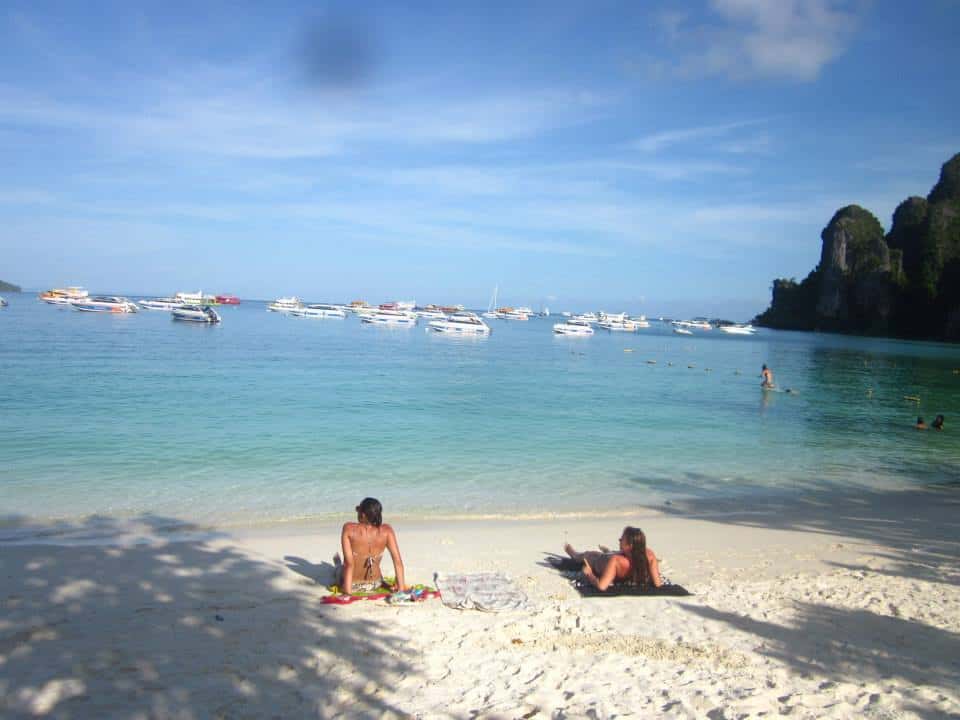
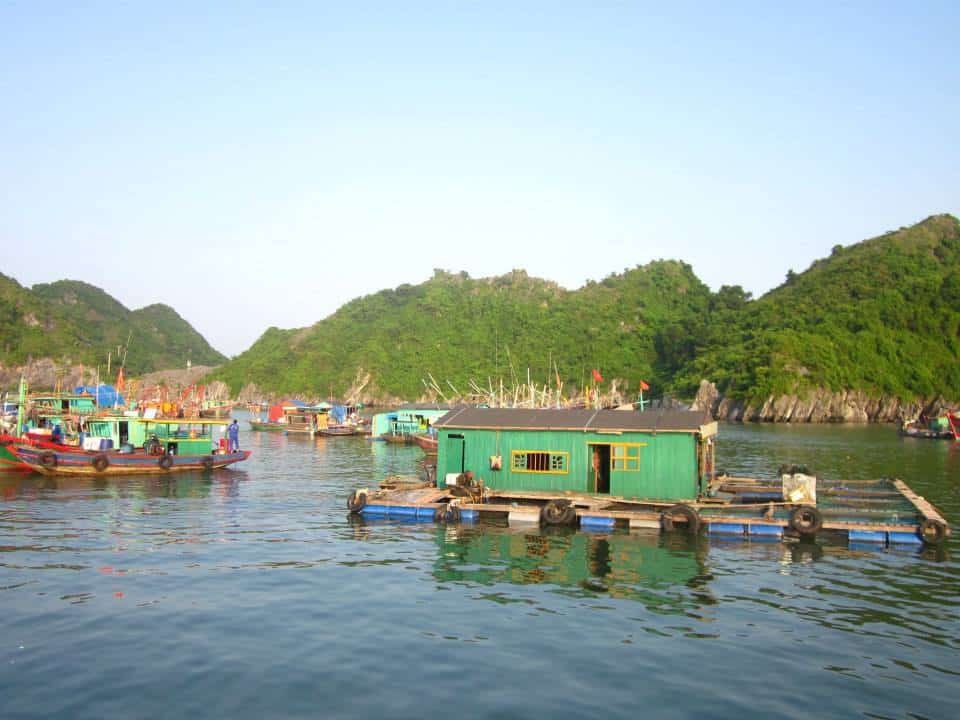
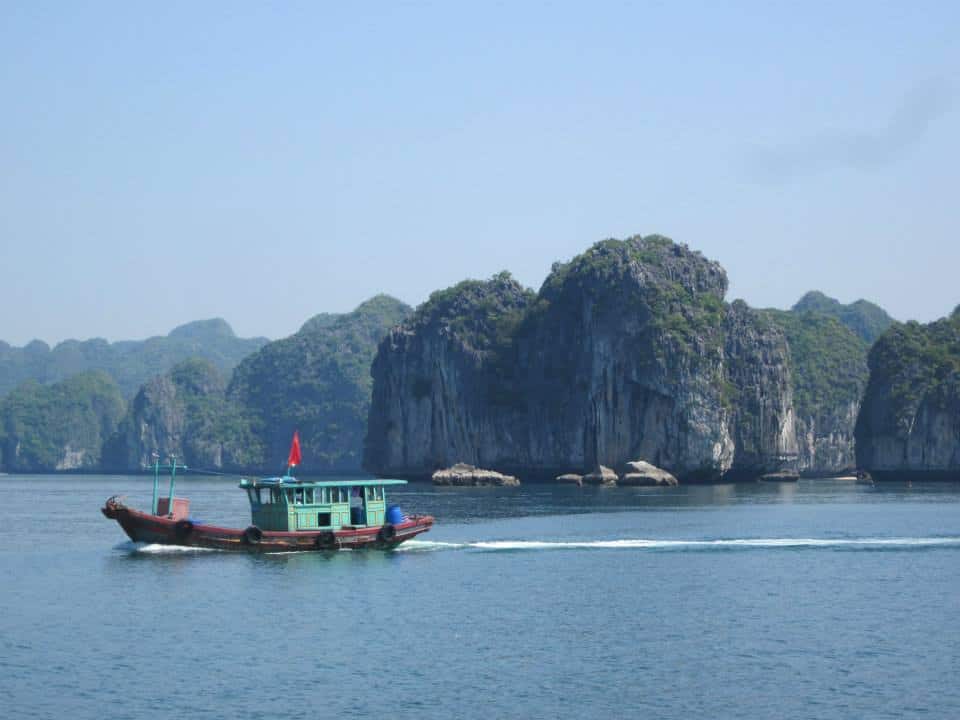
Transportation and accommodation
Outside of some major cities, most countries have fairly limited public transport, and it isn’t always the ‘luxury’ transportation they may promise. Just be prepared, or book through a well-known company who can book all of your transportation for you. It takes time to get around in the region, whether that is taxis, trains or aeroplanes. Island Hopping in the Philippines and Thailand can be done inexpensively by ferry.
If you are brave the roads in most of Southeast Asia are perilous at best, but it is a cheap alternative to buses. Just be prepared to drive defensively! And when it comes to where to lay your head, book your accommodation in advance, as it is unlikely you will be able to turn up too many hotels in the region. Also, the best hotels get booked up in advance, especially around peak seasons for the region.
Budget wise, you will be able to find hotels for around $50 a night typically for a 3 or 4-star hotel, and you may be looking at $80 for a 5* hotel in the tourist places.
Visa Requirements
Don’t get stuck in a rut, research the visa requirements for each country you are visiting. Attempting to explain to a Vietnamese border authority that you don’t have the right visa isn’t the easiest way to travel. Most countries in Southeast Asia will issue a visa on arrival for UK travellers, usually for 30 or 60 days, with the main two countries that do require a visa in advance being Vietnam and Myanmar.
Make sure that you research the visa requirements (and entry and exit fees) for all of the countries on your itinerary in advance, just to avoid any mishaps. Bali charges an exit fee so remember to save some dollars for the way out. Don’t spend all your money on wine… These are essential for Backpacking South East Asia.
There are always opportunities for things to go wrong but if you plan, stay organised and research before you go it cuts your chances of anything going wrong. Be smart about your safety and just remember to research the cultural norms so you aren’t left out in the cold. So go on book that flight and have one of the most incredible trips of your life!
My Travel Tips and Recommendations
Flights
To book flights, I always use flight search engine, Skyscanner, I regularly use the Everywhere tool to find the cheapest places to travel. It’s how I get to travel so much all around the world. I find it the easiest way to compare flight prices across airlines and get the best deals.
Accommodation
For accommodation, I usually book most of my hotels or hostels through Booking.com. I love using this platform as it provides me with some amazing deals for accommodation all around the world. Or if you prefer, I also recommend using Airbnb. If you haven’t signed up with Airbnb already, you can use this link to get £25 off your first visit!
Photography and Technology
Here is a list of the technology I always travel with:
- Canon G7X Mark II
- Canon EOS M50 and lens
- GoPro Hero Black 7
- DJI Mavic Pro
- RØDE VideoMic GO On Microphone
Travel Insurance
Picking travel insurance that covers you in all eventualities is an essential part of planning a trip for every single person. If you can’t afford travel insurance, you can’t afford to travel. You never know what’s around the corner. World Nomads is an affordable option that I personally recommend. BOOK HERE
You can also find me on social media: Facebook, Twitter, YouTube and Instagram.
Sign up to AirBnB with this link and receive a £23 off your first booking.
To receive my articles and reviews straight to your inbox SUBSCRIBE HERE.
Did you know I also vlog my trips? Make sure you subscribe to my YouTube channel so you get alerted when all my travel videos goes live… CHECK THEM OUT HERE
Thank you for reading and as always happy adventuring! If you have any questions about the destination please leave these in the comments below.
If you’ve enjoyed this post, please share it for me with all your friends and family!
Sophie X

